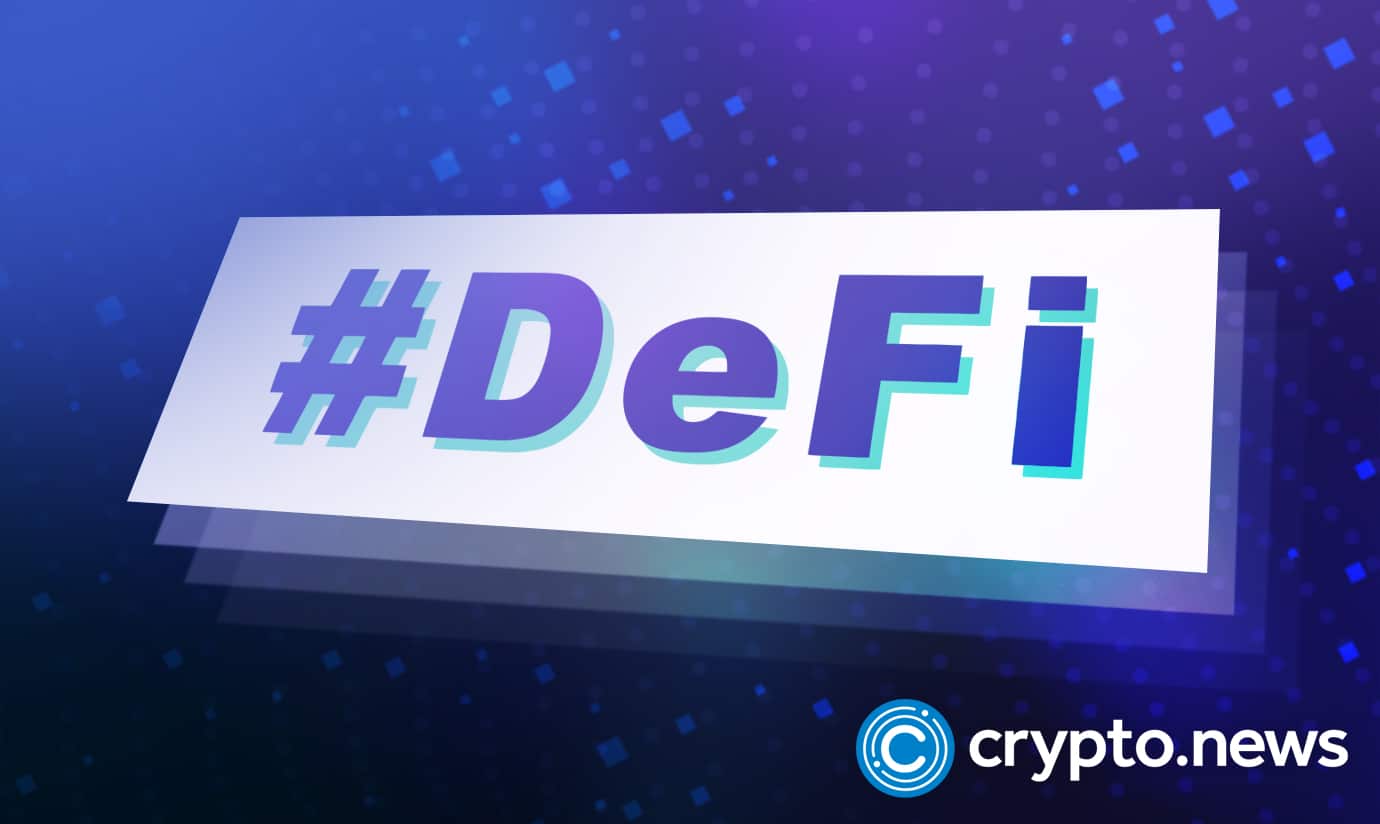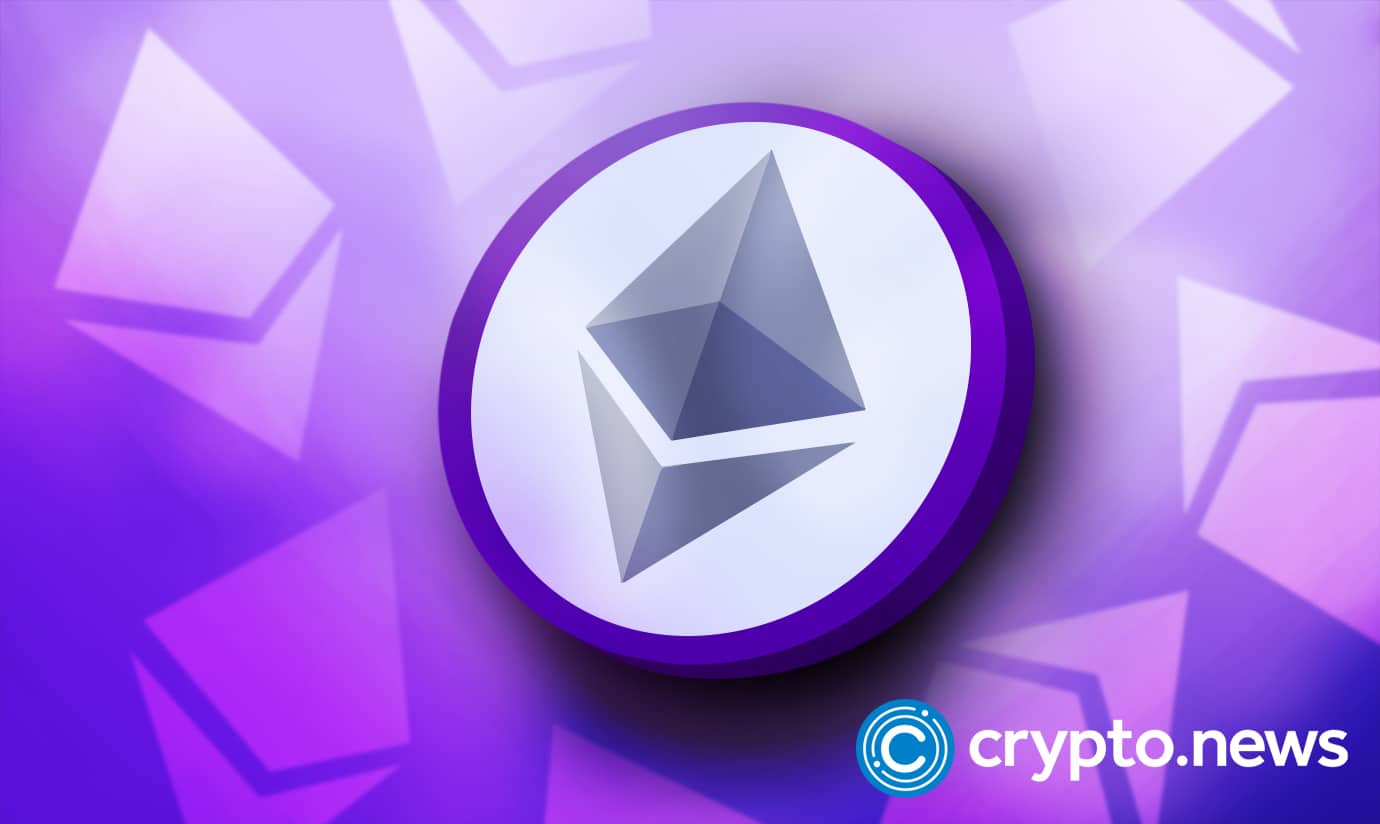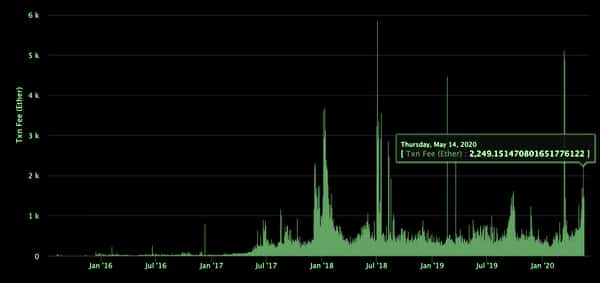2019-7-29 18:00 |
Ethereum 2.0 is approaching fast, and when it finally arrives in 2020, one of the first features that it will introduce is proof-of-stake. Staking will serve the same function that mining currently serves in Ethereum 1.0, and it will give Ethereum coinholders a way to earn a return on their investment.
Staking has several advantages over mining: it’s energy-efficient, and it will reduce Ethereum’s inflation rates. In general, staking is also more secure and decentralized than mining (though this is somewhat controversial). In any case, it’s a big change for the Ethereum network and its users. Here’s a rundown of everything we know.
The Basics of StakingIn order to begin staking on Ethereum 2.0, you’ll need to run a validator node and lock up your ETH tokens in a deposit. This will allow you to participate in block creation: validators from all across the Ethereum network will be selected to vote on new blocks semi-randomly. Other validators will then agree on the result, thereby achieving consensus.
Staking will allow you to earn rewards, but the precise rate of return is not yet set. Ethereum creator Vitalik Buterin recently proposed setting annual returns between 1.5% and 1.8%, depending on how much ETH is staked across the entire network. Justin Drake, a lead developer, suggests aiming for a 5% return rate on the same page.
Ethereum 2.0 will use disincentives in order to maintain integrity and security. Small “Penalties” will incentivize validators to stay online. “Slashing,” meanwhile, is a separate process that will take away a portion of a validator’s stake and force them off of the network – but this is directed towards malicious validators.
What You’ll Need To Start StakingAs currently planned, you’ll need at least 32 ETH (~$7000) if you want to stake on Ethereum 2.0. But luckily for your power bill, there are no GPUs involved: staking does not require a powerful computer or special hardware. Drake has suggested that most consumer-grade laptops will be able to support multiple validator slots. You will, however, need to stay online consistently and be available to validate blocks.
You can bypass some of these requirements if you stake with a pool. RocketPool, for example, manages staking on your behalf: you don’t need to run software or stay online. It also has lower minimum staking amounts: you can stake as little as 1 ETH (~$225). Unfortunately, staking pools usually charge fees, so you may earn less than if you were staking solo.
Similarly, staking-as-a-service companies will stake on your behalf, for a fee. Stake Capital, Staked, Stake.fish, and Staking Facilities all plan to introduce Ethereum staking next year. However, a number of these companies primarily serve institutional investors—only some of these companies will serve individual investors and retail investors.
When You’ll Be Able To Start StakingYou’ll be able to begin staking ETH in early 2020. That’s when Ethereum 2.0’s beacon chain, aka “phase zero,” will go live. ConsenSys suggests that this launch could take place as early as January 3rd – the anniversary of Bitcoin’s genesis block – though ConsenSys ultimately concludes that the launch will probably take place somewhat later in Q1 of 2020.
If you want to use “play money,” you can already take staking for a test drive. In May, Prysmatic Labs launched a testnet that is open to the public. Since testnet ETH doesn’t have any real value, you can obtain it for free—but your staking rewards won’t have any value, either. In any case, Prysmatic Labs is encouraging Ethereum users to participate.
RocketPool is also planning to launch a public beta that will use “fake ETH” for staking. The pool may offer real staking and rewards before Ethereum 2.0 goes live: to accomplish this, RocketPool would use a placeholder token (rETH) that can be redeemed for real ETH at a future date. However, RocketPool has not settled on this plan.
How Ethereum 1.0 and 2.0 Will Work TogetherInitially, Ethereum 1.0 and 2.0 will work in parallel. During phase zero, you’ll be able to migrate ETH tokens to the Ethereum 2.0 “beacon chain,” which will handle staking exclusively. During phase 0, Ethereum 1.0 will handle all non-staking activity, including transaction activity and smart contract activity.
You will still be able to mine on Ethereum 1.0 after staking goes live, but mining rewards will fall gradually. In fact, this is already happening: this year’s Constantinople upgrade cut mining rewards significantly. Since then, Justin Drake has suggested that mining rewards (ie. token issuance) will be reduced ten-fold in the coming years.
The Short Version“Phase zero” of Ethereum 2.0 will introduce staking in early 2020. It won’t replace Ethereum 1.0 entirely, but you’ll be able to start staking as soon as it goes live. Thanks to mining pools and other members of the Ethereum ecosystem, there will be staking options for almost everyone – no matter how much time or money you have on your hands.
The post Ready To Stake ETH? How To Make Money On Ethereum 2.0 appeared first on Crypto Briefing.
Similar to Notcoin - Blum - Airdrops In 2024
Ethereum (ETH) на Currencies.ru
|
|















